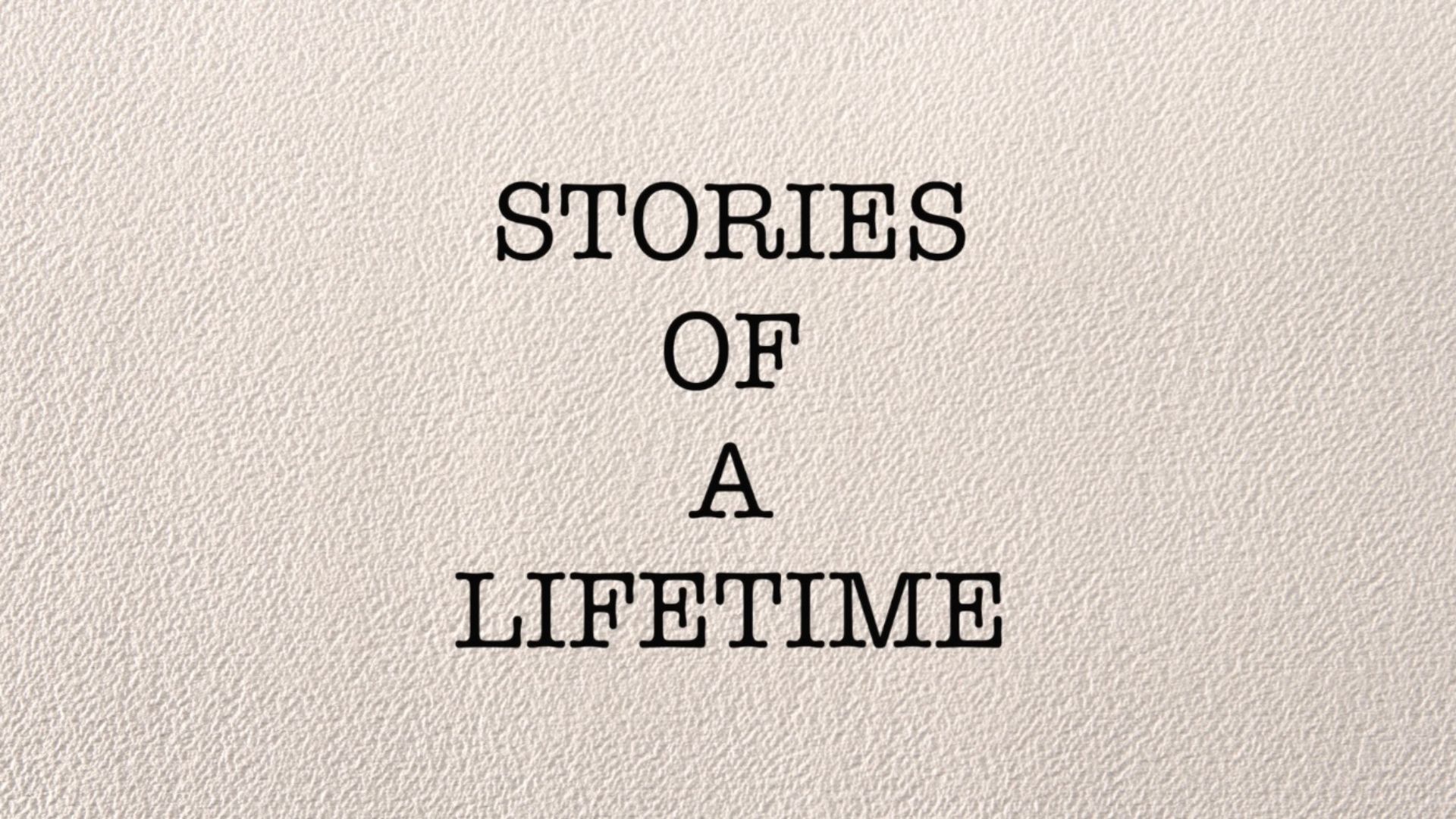Stories of A Lifetime
Life lessons from the older generations
Stories of A Lifetime
Life lessons from the older generations

Autobiographies can be written, audio-recorded, or video recorded, each offering a distinct way of storytelling. The steps to create an autobiography include...
An autobiography is a firsthand account of one’s life, providing insights into experiences, challenges, triumphs, and personal growth. It’s a way for individuals to share their unique perspectives, lessons, and legacy for future generations. Autobiographies can be written, audio-recorded, or video recorded, each offering a distinct way of storytelling.
Engaging in thorough self-reflection is the cornerstone of a meaningful autobiography. Hopefully a fun experience, take time to delve into your memories, emotions, and pivotal moments. Consider how these experiences have shaped your values, beliefs, and identity. This introspective process lays the foundation for an authentic and compelling narrative, allowing you to connect with your audience on a deeper level. As you document family stories, recall the anecdotes that hold sentimental value, creating a tapestry of memories that resonate with readers or viewers. Try our autobiography question set for help getting started!
After the brainstorming process, organize your thoughts into a coherent structure. Whether you opt for a chronological timeline or thematic timeline, a well-defined outline serves as a roadmap for your autobiography. This thoughtful structuring not only streamlines the writing or recording process but also ensures a seamless flow that keeps your audience engaged from start to finish.
Infuse your autobiography with a personal touch that reflects your unique voice and perspective. As you document family stories, include anecdotes that showcase your relationships and the shared experiences that bind your family together. The personal touch creates an emotional connection, making your autobiography not just a recollection of events but a testament to the richness of your life.
Decide whether you want to write a traditional autobiography, record an audio memoir, or create a video autobiography. The choice of medium is an opportunity to tailor your autobiography to your preferred style of expression, ensuring it resonates with your intended audience.
Embrace transparency and candidly share your experiences, even when they involve challenges or mistakes. Readers and viewers connect and learn from authenticity, appreciating the genuine portrayal of a life’s journey. By being honest, you not only create a compelling narrative but also inspire others who may relate to your struggles or triumphs.
Crafting an engaging narrative involves more than just presenting facts—it requires storytelling finesse. Use descriptive language and vivid imagery to transport your audience into the scenes of your life. Paint a picture with words or visuals that captivates the imagination, making your autobiography a literary or visual journey. Whether written or recorded, an engaging narrative keeps your audience invested from the first page to the last frame.
Striking the right balance between providing sufficient detail and maintaining a smooth narrative flow is an art. Avoid overwhelming your audience with excessive information, while also ensuring that key moments are sufficiently elaborated. Think of your autobiography as a carefully curated collection of memories, each detail should contribute to the overall richness of the story.
Highlighting significant milestones is crucial in shaping the trajectory of your autobiography. These milestones serve as anchor points, allowing readers or viewers to navigate through the chapters of your life. Use milestones to showcase personal growth, resilience, and pivotal moments that define your journey. Furthermore, when documenting family stories, pay special attention to shared milestones that have shaped your family’s identity. Whether it’s a collective achievement or a shared challenge overcome together, these family milestones contribute to the tapestry of your autobiography, making it not only an individual story but a celebration of interconnected lives.
The classic form of an autobiography involves penning down one’s life story in a written format. This traditional approach allows for in-depth exploration and reflection. Writers can delve into the nuances of their experiences, thoughts, and emotions, creating a literary journey that readers can immerse themselves in.
Video autobiographies represent a dynamic and visually engaging form of storytelling. Through a combination of visual and audio, individuals infuse their narrative with the nuances of their voice and facial expressions, adding an extra layer of personal connection. This form is particularly powerful for capturing emotions, showcasing environments, and providing a comprehensive tale of one’s journey. Viewers engage with the storyteller’s tone, emotion, and inflections, creating a more immersive experience. Video autobiographies transform personal narratives into captivating visual experiences, preserving memories in a way that resonates across generations.
Choosing the right form depends on individual preferences and the desired impact. Each form offers a distinct way of conveying personal narratives, allowing individuals to tailor their autobiographies to their unique style of expression.
Stories of a Lifetime specializes in creating video autobiographies, we recognize the power of visual storytelling. Our expertise lies in transforming personal narratives into cinematic experiences. Through carefully curated visuals, interviews, and storytelling techniques, we bring out the story of each individual’s journey, creating heartfelt and timeless legacy for generations to come.
The journey of creating an autobiography is an enriching and introspective experience. Whether you choose the traditional written form, or the visually captivating video autobiography, the essence lies in sharing your unique story with the world. We are here to help you weave your narrative into a visually compelling masterpiece that transcends time, ensuring that your story is told and remembered for generations.